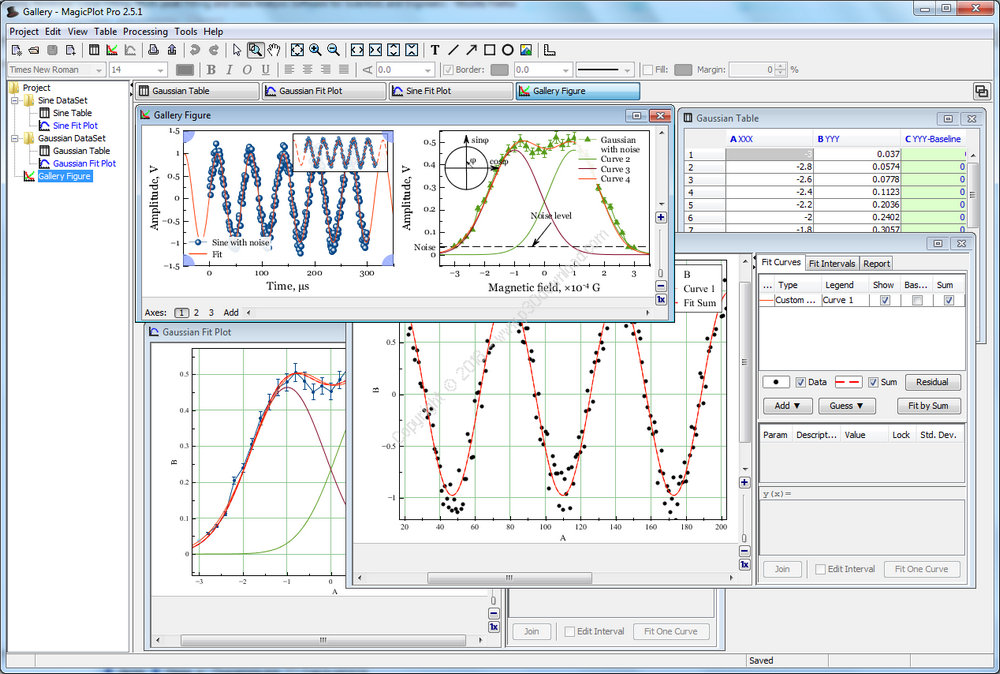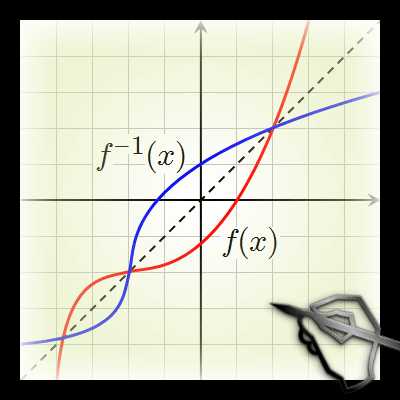
It’s nice to see some algorithms in action, applying them to the actual data and not just learning theory about them.

“Overall, I’ve had a positive experience and would definitely recommend the internship to anyone interested in graphs or graph theory. All recommendations for Memgraph and their next internship.”Ĭomputer science and mathematics student Marko Domagoj Benković told us what he thinks: The atmosphere was always encouraging and positive, and at no point I felt unwelcome. Everybody warmly welcomed us and offered their help immediately.

In two months, I learned many new technologies and gained a lot of knowledge and skills. “I found out about the Memgraph internship program through the event at my university and applied, after which I was invited for an interview and finally got accepted. Matea Pešić, who is pursuing her master’s degree in computer science and mathematics, shared her internship experience: Whether it is from home or the office, it is up to them, but we still like to grab a drink in person to mark essential milestones on their journey. Like our employees, our interns can choose where they want to work. Students felt a little uneasy holding an overview of their work on our monthly Graph Data Zagreb meetup, but they went on the stage and gave an excellent presentation alongside cheers from their friends and family.īut wait, you may think, isn’t this a remote internship? Well, remote-ish. Matea and Marko joined their forces to build a docs recommendation system.Īll the projects are very interesting and have real-world use cases, so stay tuned for blog posts explaining technology and implementation in detail.Īll the projects ended up being such a great success that we had to share them with the world.
#MAGICPLOT STUDENT CODE#
Learn more about our MAGE, how did it all start, who came up with the idea, and who are the masterminds behind the product.įor his MagicGraph project, Adrian chose to do GitHub code analysis, and Lucija made Hacker News Analyzer. On the MAGE side, Mateo worked on node classification in fraud detection, and Andi spent his time on link prediction in the telecom recommender system. What did Memgraph summer wizards work on?
#MAGICPLOT STUDENT HOW TO#
And last but not least, they learned how to implement new graph algorithms to tackle the most exciting and challenging graph analytics problems. They researched graph algorithms and learned how to use them with Memgraph with the help of MAGE - an open-source repository that contains graph algorithms and modules. During the internship, they got familiar with different kinds of technologies often used in developing applications with Memgraph - Docker, Kafka, Python (Flask, FastAPI), React, D3, and more. They started with Cypher query language basics and figured out what are the most often graph analytics use cases. MagicGraph team developed graph applications showcasing the strength of Memgraph and graph databases in general while learning new technologies. MAGE team worked on researching and implementing new graph algorithms, where they got the chance to brush up on their Python and C++ skills.

They were divided into two teams - MAGE and MagicGraph.

As part of our summer internship program, six students joined us, hoping to make their summer fun and productive.


 0 kommentar(er)
0 kommentar(er)
